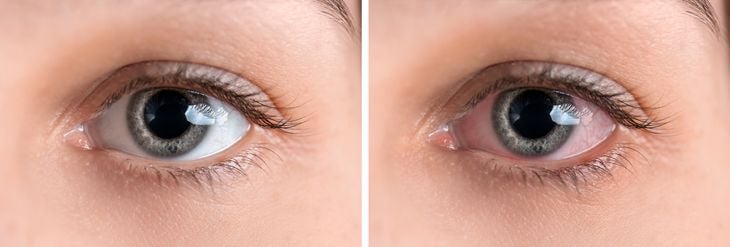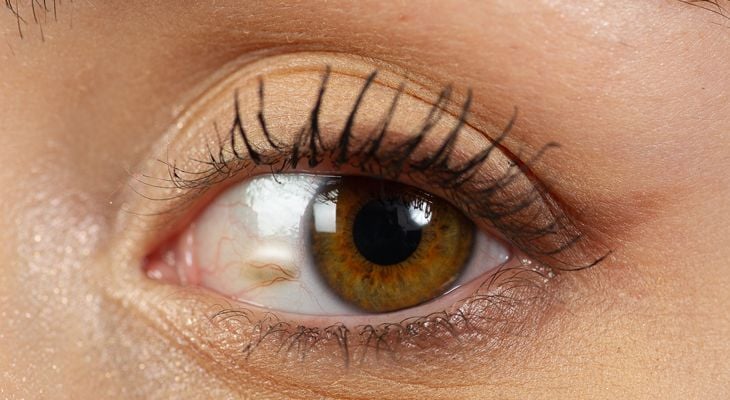Uveitis

Uveitis refers to the inflammation of the eye’s middle layer, which consists of the iris, ciliary body, and choroid. Several fungal, viral, or bacterial infections lead to uveitis, as do certain autoimmune (systemic) and inflammatory conditions. In most cases of uveitis, however, the exact cause is unknown. Types of Uveitis Four classifications of uveitis exist. […]
Cataracts

Many body parts begin to change as you age, and your eyes are no exception. One of the most common age-related eye changes is the development of cataracts. Although cataracts do not occur exclusively in older adults, they affect approximately half of all Americans by age 80. What Are Cataracts? Cataracts occur when the lens […]
Macular Degeneration

One of the most important reasons for regular examinations by your eye care provider is evaluate for the development of macular degeneration. According to the Bright Focus™ Foundation, this condition is the primary cause of loss of vision and blindness in older individuals ages 60 and above and is known under these circumstances as age-related […]
Pinguecula and Pterygium (Surfer’s Eye)

Characterized by a yellowish raised part of the scleral conjunctiva (the lining of the white part of the eye), a pinguecula usually develops near the cornea (colored part of the eye), but does not extend past it. Similar to a callus on the skin, changes in tissues lead to the buildup of calcium, fat, and/or […]
Subconjunctival Hemorrhage

Similar to a bruise under the skin, a subconjunctival hemorrhage happens when a small blood vessel located between the sclera (white portion of an eye) and the conjunctiva (lining on the surface of an eye) breaks and covers the sclera with blood. Unlike broken blood vessels located under the skin which take on shades of […]
Strabismus
Strabismus is the medical term for the misalignment of the eyes. Commonly referred to as cross-eyed or wall-eyed, strabismus may involve either one or both eyes turning inward, outward or even up or down. It is one of the most common vision conditions in young children, affecting somewhere between 2 and 4 percent of the […]
